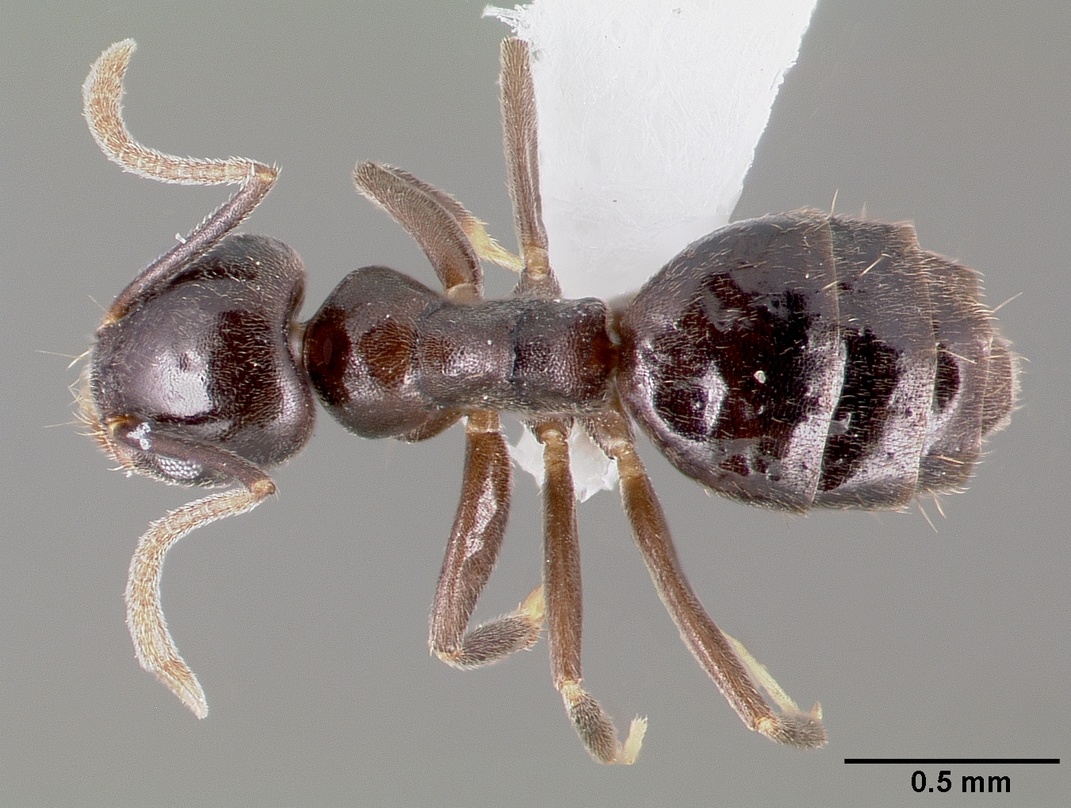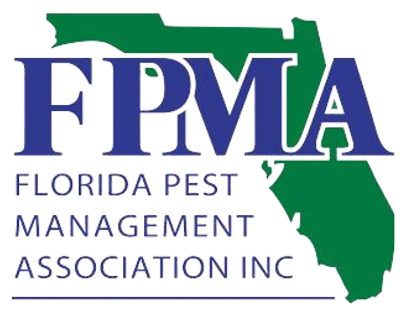
More Pest ID
- Acrobat Ants
- American Cockroach
- American Dog Tick
- Argentine Ants
- Asian Roach
- Bed Bugs
- Big Headed Ant
- Black Legged Tick
- Black Widow Spider
- Brown Banded Roach
- Brown Dog Tick
- Brown Widow Spider
- Cellar Spider
- Crazy Ant
- Dry Wood Termites
- Elongated Twig Ant
- Fire Ants
- Florida Carpenter Ants
- Florida Woods Roach
- Formosan Termites
- German Roach
- Ghost Ants
- Jumping Spider
- Little Yellow Ant
- Lone Star Tick
- Oriental Roach
- Pavement Ants
- Pharaoh Ants
- Pyramid Ants
- Rover Ant
- Smokybrown Roach
- Subterranean Termites
- Thief Ant
- Wolf Spider
- Yellow Sac Spider
White-footed ants are a fascinating ant species, thriving on numbers rather than a defensive sting or bite. You’ll learn all about this unique, home-invading ant species on this Pest ID page from Drive-Bye Exterminators.
Continue reading to discover how to correctly identify the white-footed ant and prevent them from taking over your home.
Appearance
White-footed ants receive their fitting name due to their unique appearance. These small ants have dark bodies, usually black, with light yellow tarsi or feet. The contrast of the dark body and yellow tarsi makes this species appear to have white “feet,” hence their name.
The white-footed ant is about 1/8 inch on average. Some members of the colony have wings in specific seasons. These individuals are known as swarmers. They are the reproductive ants that grow wings for the mating season, usually to be shed shortly after.
Sometimes, the white-footed ant is confused with other ant species, like the Argentine ant and certain crazy ant variations. Having a professional pest expert identify the white-footed ant is often required due to the similarity of appearance with other types of ants.
Behavior
According to the University of Florida’s entomology department, “the key to the WFA’s evolutionary success is its ability to reproduce in large numbers, especially considering that it doesn’t have the obvious defensive capabilities of many other ants such as a venomous sting, chemical sprays, or soldiers with strong, biting mandibles.”
The extraordinary white-footed ant colony may have about 8,000 to 3 million members. Not to mention, 33% of their massive colonies are reproductive ants, making infestations especially challenging to control.
A single colony can have many nesting sites nearby or far from the central nest. The separate nest sites will exchange food, young, and workers if necessary.
Diet
Most ant species share foraged food with the entire colony by carrying back the food, leading other ants to the source, or even regurgitating the nutrients. For the white-footed ant, this is not the case. Instead, forgers do not share their food. White-footed ants have an alternative method to ensuring everyone is well fed.
Sterile workers will lay “trophic” eggs to feed larvae and non-foraging adults. Due to this unique behavior, the typical ant baits used to eliminate many other species are ineffective. Without the foragers spreading the toxic bait to the rest of the colony, only small portions are killed off.
The white-footed individuals searching for their food are fond of the following:
- Honeydew
- Nectar
- Sweet liquids
- Sugary crumbs
Habitat
You may spot white-footed ants inside your home or in the yard. They are most attracted to moist environments and will nest if nearby water and food sources are available. They make their homes in many different locations, even old termite galleries.
The following are more examples of where white-footed ants prefer to nest:
- Decaying trees
- Under roof shingles
- Kitchen and bathroom
- Air conditioners
- Piles of wood, bricks, and other debris
- Trash
- Plants near the home
- Wall voids
- Under loose bark on trees
White-Footed Ant Infestations
Because these stubborn ants do not respond to the typical bait method, they are some of the most difficult ants to eliminate once inside the structure of your home. White-footed ants will infest urban and rural buildings alike. Furthermore, they are primarily dispersed through commerce, like plant nursery stock or shipping containers.
White-footed ants are typically considered nuisance pests, causing no real danger or harm to humans. However, they may short out an air conditioning unit if they decide to nest inside.
White-Footed Ant Prevention Tips
You certainly don’t want to deal with a challenging white-footed ant infestation. The best way to avoid any issues in the future is to consistently practice the top prevention methods below:
- Keep plants and other landscaping features at least a couple of feet away from the exterior of the home.
- Eliminate standing water indoors and outside.
- Trim tree branches and bushes near the house.
- Seal all small cracks and openings in the structure of the home.
- Remove yard debris, like piles of wood, leaves, bricks, and rocks.
- Clean up food and beverage spills immediately.
- Do not leave food exposed, and ensure all pantry items are stored in sealed containers.
- Ensure the sprinklers in the yard are not spraying onto the home’s foundation.
Eliminate Ants with Drive-Bye Exterminators
We encourage you to schedule routine inspections with your local pest control specialists. You’re in luck if you live in Clearwater, FL, and the surrounding area! Drive-Bye Exterminators is your one-stop shop for all pest control needs.
Call us today to eliminate white-footed ants and other pesky species. Or start preventing pests in your home and yard by scheduling a routine inspection. We look forward to serving you and your family!






